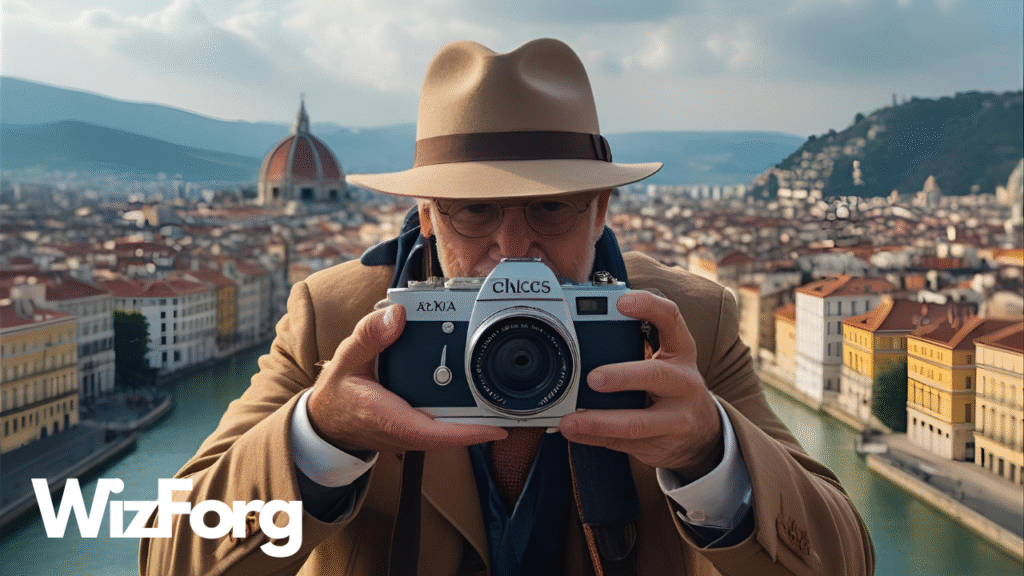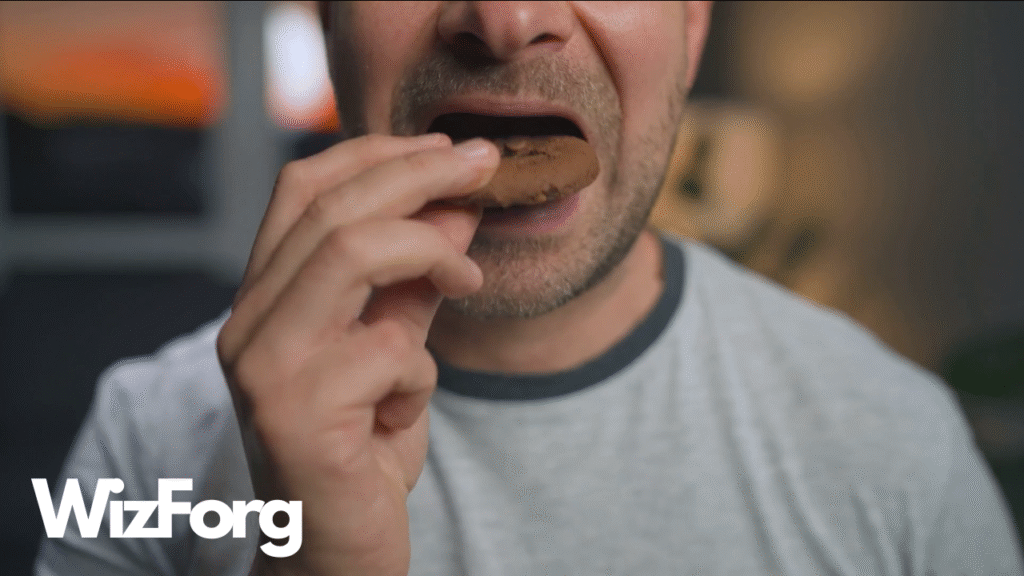For many travelers, taking photos is part of the journey—proof you’ve been there, a memory to share. But at some of the world’s most iconic spots, you’ll suddenly see the words: “No Photography.” It’s frustrating, confusing, and even suspicious. Why the ban?
The truth is, there are deeper reasons behind those signs. Whether it’s about preserving art, protecting privacy, or defending profits, here’s why snapping a pic isn’t always allowed—even when it feels harmless.
1. Copyright and Intellectual Property
Yes, even buildings and light displays can be copyrighted.
Take the Eiffel Tower, for example. You can photograph it during the day, but at night, the lighting design is protected by copyright law. Sharing or using those photos commercially without permission can be a violation of the law.
Some museums, too—like the Louvre or the Sistine Chapel—ban photography to protect artwork that may still be under copyright or to limit reproductions.
2. Art and Artifact Preservation
In places like the Sistine Chapel or ancient tombs in Egypt, flashes from cameras can cause damage to delicate materials over time. Even without flash, the constant exposure to light from camera screens can harm centuries-old artwork.
So when they say “no photos,” it’s not just a rule—it’s about preservation.
3. Cultural and Religious Respect
Some locations ban photography out of respect for cultural or spiritual reasons.
In temples like the Shwedagon Pagoda in Myanmar, mosques such as the Sheikh Zayed Grand Mosque in Abu Dhabi, or shrines like the Meiji Shrine in Japan, taking photos can be seen as disruptive or disrespectful. Sometimes, it’s about modesty, sacred rituals, or simply maintaining a quiet, focused atmosphere for worshippers.
Always look for signage and follow local customs. What feels like “just a picture” to you could be offensive to others. Respecting these cultural norms is a way of showing empathy and understanding.
4. Money and Monetization
Photos are valuable, especially when the location charges an entrance fee.
Some places ban photography to protect souvenir or postcard sales. Others might reserve photography rights for media partners or licensed photographers.
And if you’re a content creator or influencer? That “no photography” sign might be their way of keeping commercial profit in-house.
5. Safety and Security
In rare cases, photography is banned for safety or security reasons.
In government buildings, border zones, or military sites, photography restrictions are strictly enforced. Even airports and train stations may have photo limits in sensitive areas.
Ignore them, and authorities could question you, have your camera or photos confiscated, or even face legal consequences.
So What Should You Do?
- Always check for signs—they’re there for a reason.
- If you’re unsure, ask a staff member or guide.
- Don’t try to sneak photos. It risks fines, confiscation, or being banned.
Remember, travel is about more than just the photos. Sometimes, the best thing you can do is put the camera down, look around, and fully immerse yourself in the experience. It’s about being present and appreciating the moment.
Want more global travel insights and untold rules from around the world? Visit wizforg.com for more stories.
Like what you read? Share this article, and let us know: Have you ever been stopped from taking a photo abroad? Your experiences can help others understand the complexities of photography bans.



